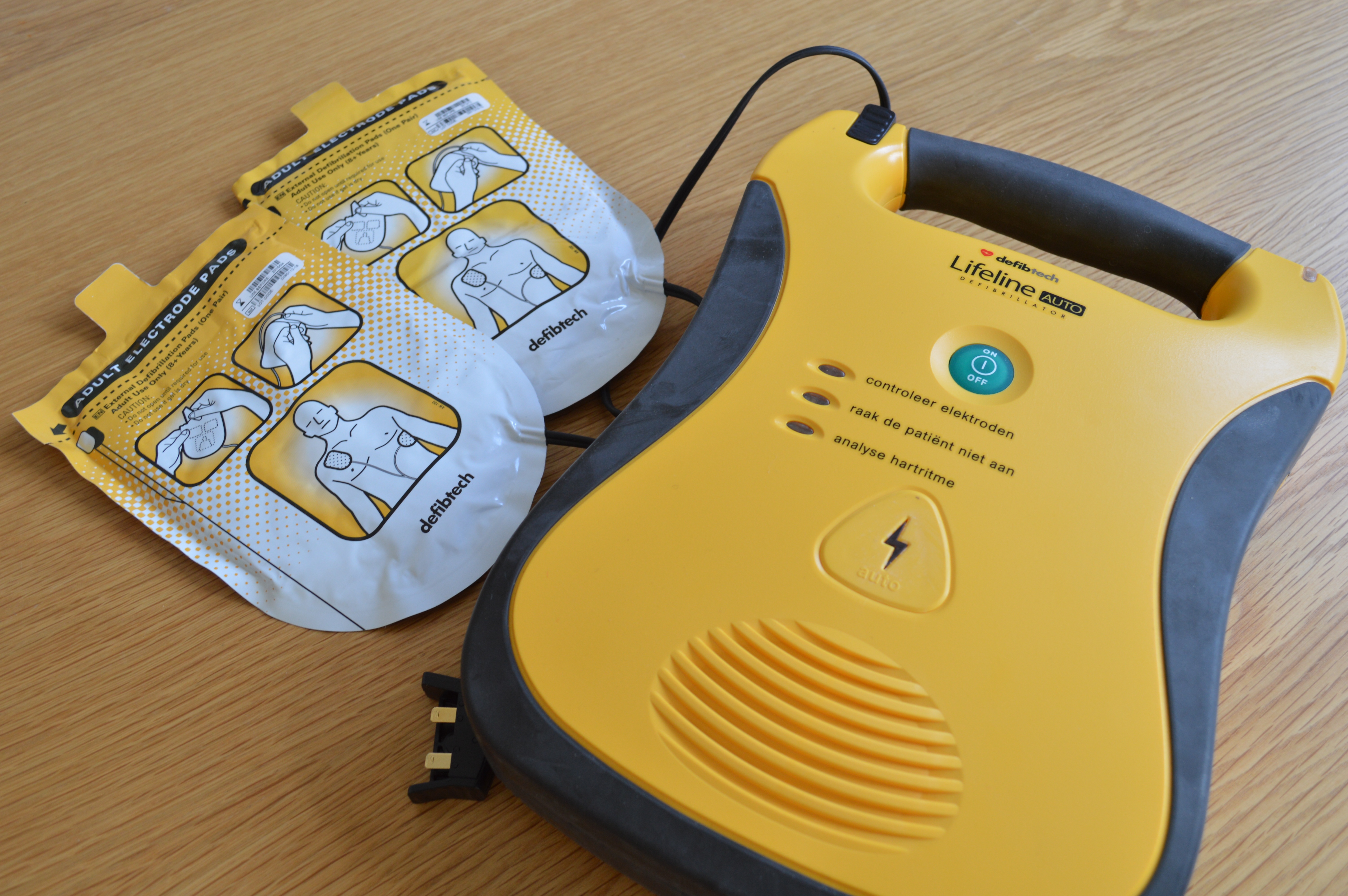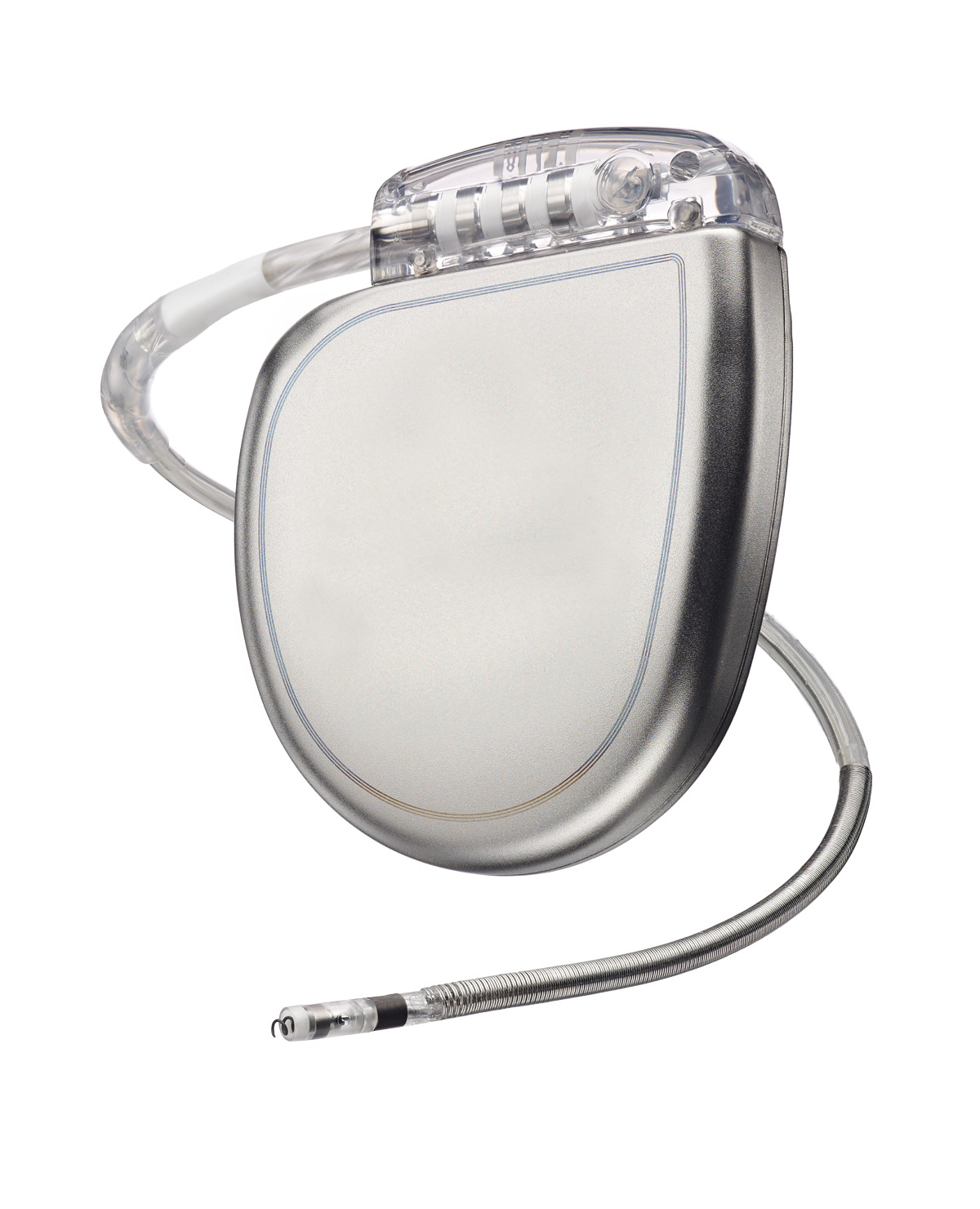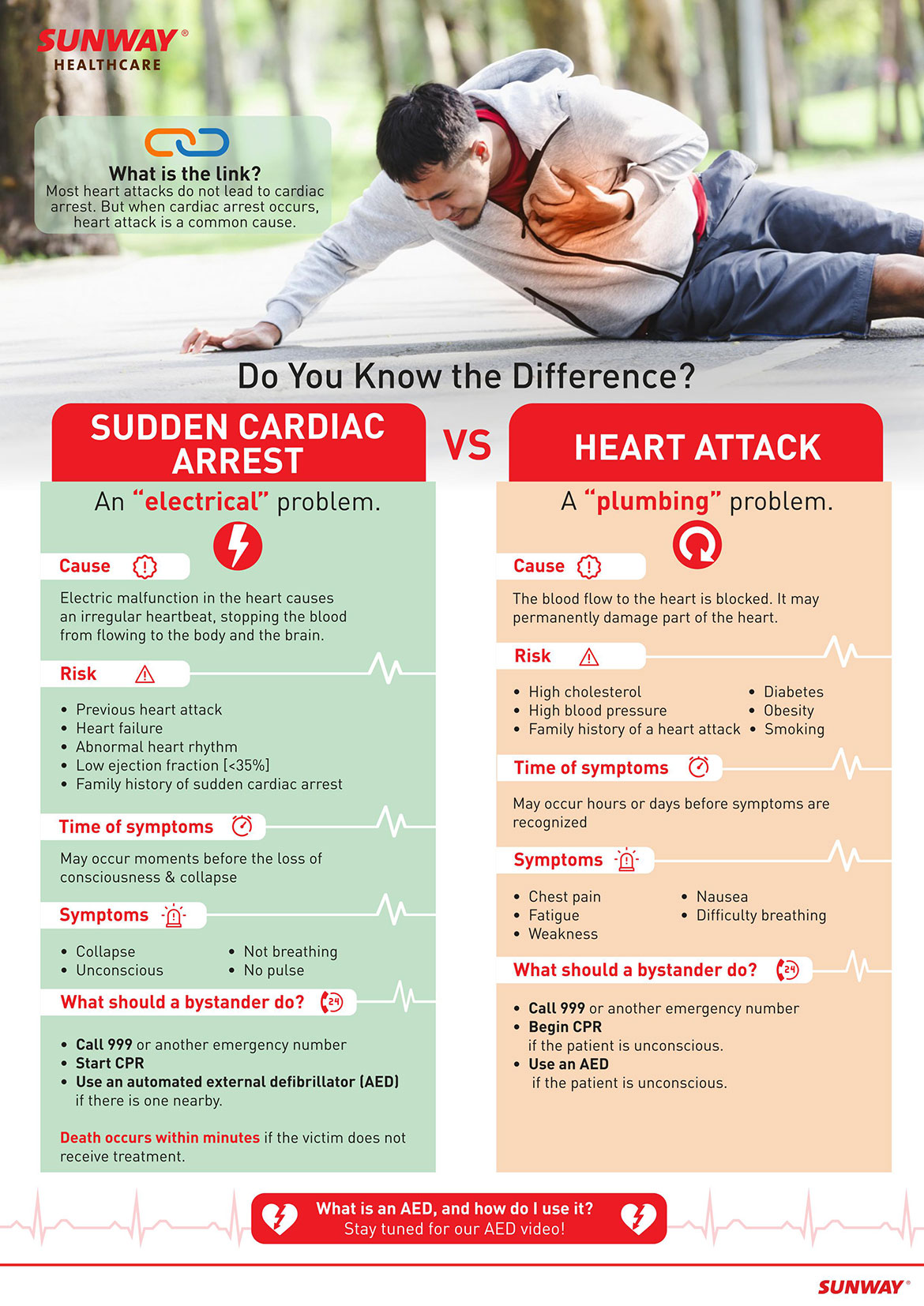Sudden Cardiac Arrest | Causes, Prevention & Treatment
21 July 2021
Contents
- Introduction
- Sudden Cardiac Arrest vs Heart Attack
- Causes
- Consequences
- First Aid Treatment
- Prevention
- Conclusion
Introduction
Sudden cardiac arrest happens due to an electrical malfunction in the heart that causes dangerous, abnormal, and disorganised heart rhythms.
It is a medical emergency because it occurs suddenly, often without warning.
When the heart suddenly stops beating, it ceases to pump blood to the rest of the body. The person soon loses consciousness, stops breathing, and there is no pulse detected.
Sudden Cardiac Arrest vs Heart Attack
People often use the terms “cardiac arrest” and “heart attack” interchangeably, but they are not the same.
A heart attack is a “plumbing” problem, when blood flow to the heart is blocked due to clots in the coronary artery, depriving the heart of oxygen. The heart muscle tissue dies gradually, and the patients feel pain in their chest while being conscious and awake.
Sudden cardiac arrest is an “electrical” problem, which means due to a disruption in the heart’s electrical signals, the heart muscle stops contracting properly. Sudden cardiac arrest causes patients to lose consciousness within minutes, when blood flow to the brain gets cut off.
Heart attack can disrupt normal heartbeat, which may cause sudden cardiac arrest. The risk of sudden cardiac arrest increases after a heart attack or during the patient’s recovery.
Causes
Sudden cardiac arrest may be a result of any heart condition or external factor such as drug use that can lead to disturbances in the heart’s electrical activity. The common causes of sudden cardiac arrest are:
- Heart Attack - Damage of heart muscle due to a sudden stop of blood flow to the heart.
- Cardiomyopathy - Thickening and/or stiffening of the heart muscle, which weakens the heart.
- Heart Failure - The heart’s proggressive weakening which renders it inadequate to keep up with the body’s need for blood.
- Heart Valve Disease - Damage of any of the heart’s valves.
- Myocarditis - Inflammation of the heart muscle.
- Inherited Cardiac Channelopathies - Genetic abnormalities in heart cell proteins.
- Wolff-Parkinson-White syndrome - Periodically rapid heart rate due to an extra electrical pathway between the heart's upper and lower chambers.
Consequences
Without urgent medical intervention, a sudden cardiac arrest is likely fatal. Prompt emergency treatment increases the chance of survival, but is often only substantially effective when performed within a few minutes of the collapse.
Brain Damage
Survivors of cardiac arrest might risk permanent brain injury. Sudden cardiac arrest reduces blood flow and oxygen supply to the brain. If the heart does not get revived within minutes, brain damage may be irreversible.
Death
In the event where heart rhythm does not get restored, the patient dies. This is referred to as sudden cardiac death (SCD).
First Aid Treatment
Sudden cardiac arrest can be fatal if not treated within minutes. The survival rate escalates greatly if the victim is treated with emergency procedures immediately after collapsing.
Emergency Response Steps
- Call for an ambulance or emergency medical services.
- Begin cardiopulmonary resuscitation (CPR) immediately.
- Provide shock therapy with an automated external defibrillator (AED) if there is one available nearby.
- Use CPR together with AED.
- Continue to administer CPR and AED until the medical team arrives.
Cardiopulmonary Resuscitation (CPR)
CPR is done to manually circulate blood and oxygen to the rest of the body, mimicking the heart’s pumping action. It should only be administered if the person shows no signs of life, i.e. when the patient is unconscious, unresponsive, with no pulse present.
For untrained helpers, hard and fast chest compressions at a rate of 100 beats per minute may be enough to sustain the patient until the medical team arrives.
Chest compressions is a life-saving skill that everyone can learn, even though it does not replace an accredited first-aid CPR training procedure.
Automated External Defibrillator (AED)
And AED administers high-energy electrical shocks to the heart. They analyse the patient’s heart rhythm and advise the user with a voice command when a shock is needed.
AEDs are available and free to access in certain public facilities such as malls and airports. Most are designed for non-medical personnel, so they do not require training and are easy to use.
Fatal cardiac events may be significantly reduced when the general public knows to respond to sudden cardiac arrests with prompt defibrillation.

Prevention
Warning Signs
Even though sudden cardiac arrest happens without warning, there are alarming signs in everyday life that we can look out for. Seek medical attention immediately when you experience:
- Unexplained syncope (fainting spells)
- Chest pain or tightness
- Racing heart or palpitations
- Shortness of breath
- Lightheadedness
Implantable Cardioverter-Defibrillator (ICD)
ICD is recommended for survivors of sudden cardiac arrest or those who have certain heart conditions that increase their risk of sudden cardiac arrest, such as a severely impaired heart function.
ICD is able to detect dangerously fast or irregular heartbeats from the lower half of the heart, such as ventricular tachycardia and ventricular fibrillation (chaotic quivering of the heart walls, which prevents the heart from pumping effectively).
Shock will be automatically delivered to the heart, restoring normal heartbeat and preventing sudden death.

Diagnostic tests
Survivors and patients with any known heart condition should be checked-up regularly to help alleviate risks and prevent potential episodes. For patients with inherited heart disease, their family members should also be screened. The tests might include:
-
Electrocardiogram, or ECG - Record of the heart’s electrical signals.
- Echocardiogram, or echo - Ultrasound of the heart.
- Coronary angiography - X-ray imaging to see the heart’s blood vessels.
- Electrophysiology study - Mapping of electrical conduction and pathways of the heart.
Conclusion
Sudden cardiac arrest can happen to people with no diagnosed, suspected, or any previous sign of heart disease. Being aware of what is sudden cardiac arrest and what to do if it happens outside of the hospital is an important skill that any non-medically trained person can learn.
Patients with informed risks of sudden cardiac arrest should consult their cardiologists on appropriate sports to undertake, lifestyle changes, and treatments such as medication, ablation, stents, or other surgeries to lower their risks.

Links
Images courtesy of Artem Beliaikin, Clem Onojeghuo, Elien Smid, Mood Valley, Wikimedia Commons
Back







